1. WATER WORLD
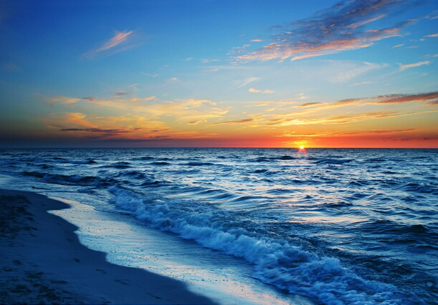
Sea level has remained fairly constant throughout Earth's history.

Test your knowledge of sea level and its relation to climate change and our quality of life.

Sea level has remained fairly constant throughout Earth's history.


What percentage of heat from global warming has the ocean absorbed in the past 40 years?

Melting sea ice has the potential to raise sea level by several meters.

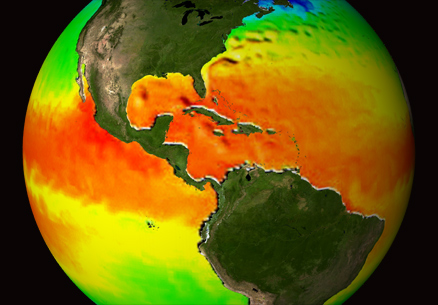
The normal temperature range for ocean surface water is:
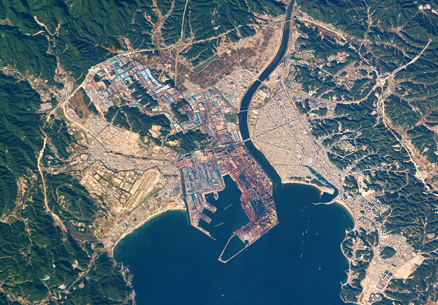
What percentage of the world's population lives within 100 kilometers of the shoreline?


Sea level rise contributes to more frequent flooding in which of these coastal areas?

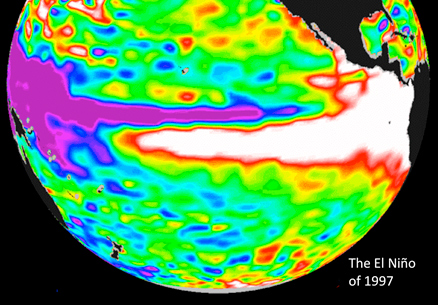
El Niño is the result of global warming.

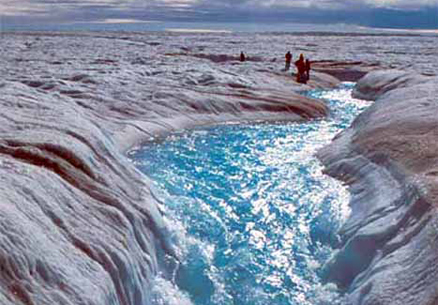
Other than melting land-based ice sheets, which of these factors has made the largest contribution to the rise in sea level over the past 100 years?
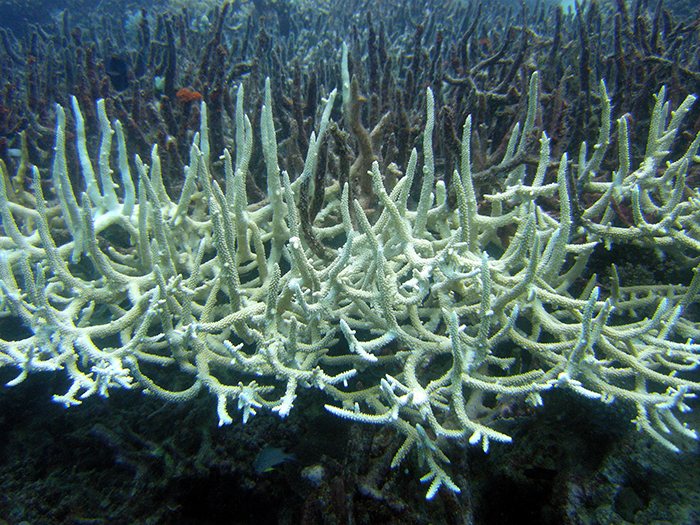
The leading cause of coral bleaching over the past 20 years is:

_700px.jpg?disposition=inline)
The acidity of a substance is measured using the pH scale. Ocean water has a pH of approximately 8. That means ocean water is fairly neutral — and slightly basic. However, in the past 100-200 years, scientists have observed that ocean water has become approximately what percent more acidic due to human greenhouse gas emissions?
_700px.jpg?disposition=inline)